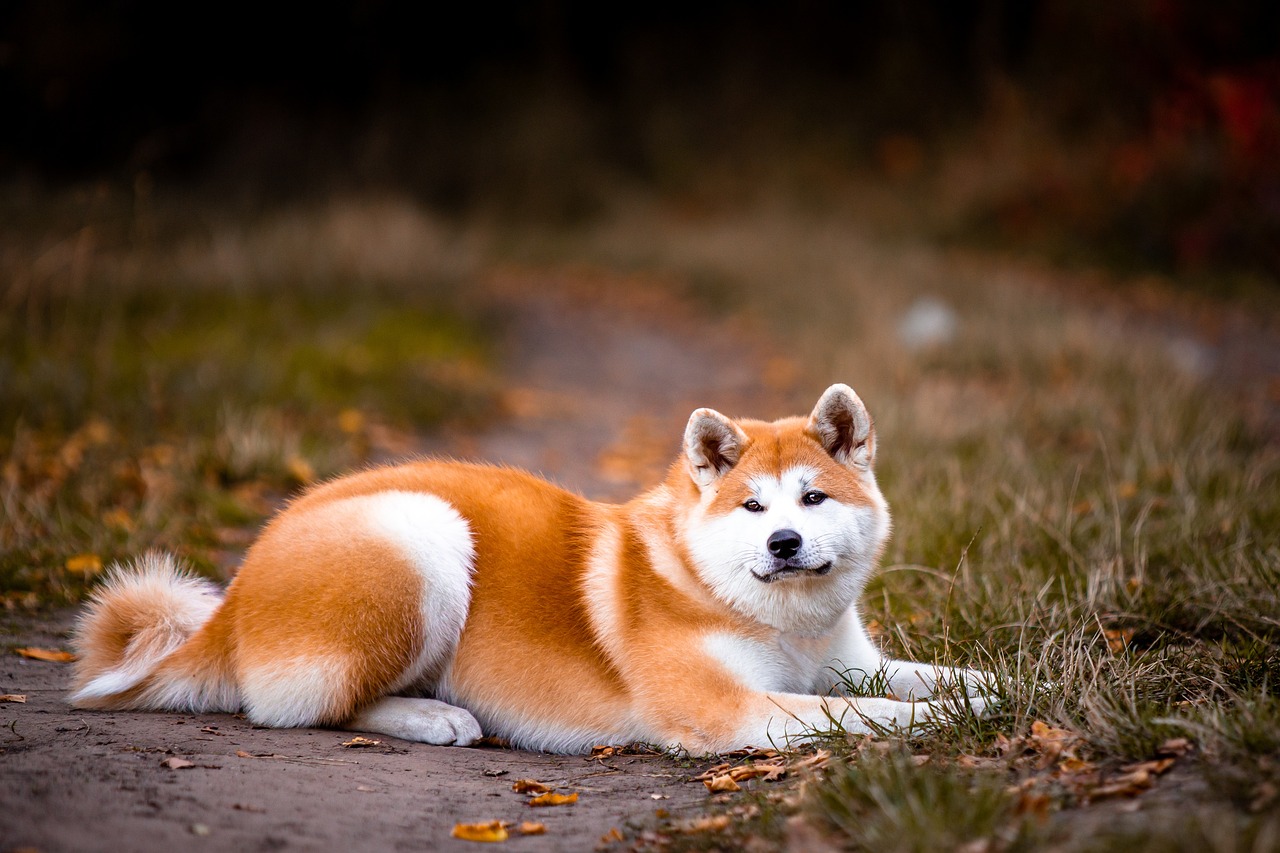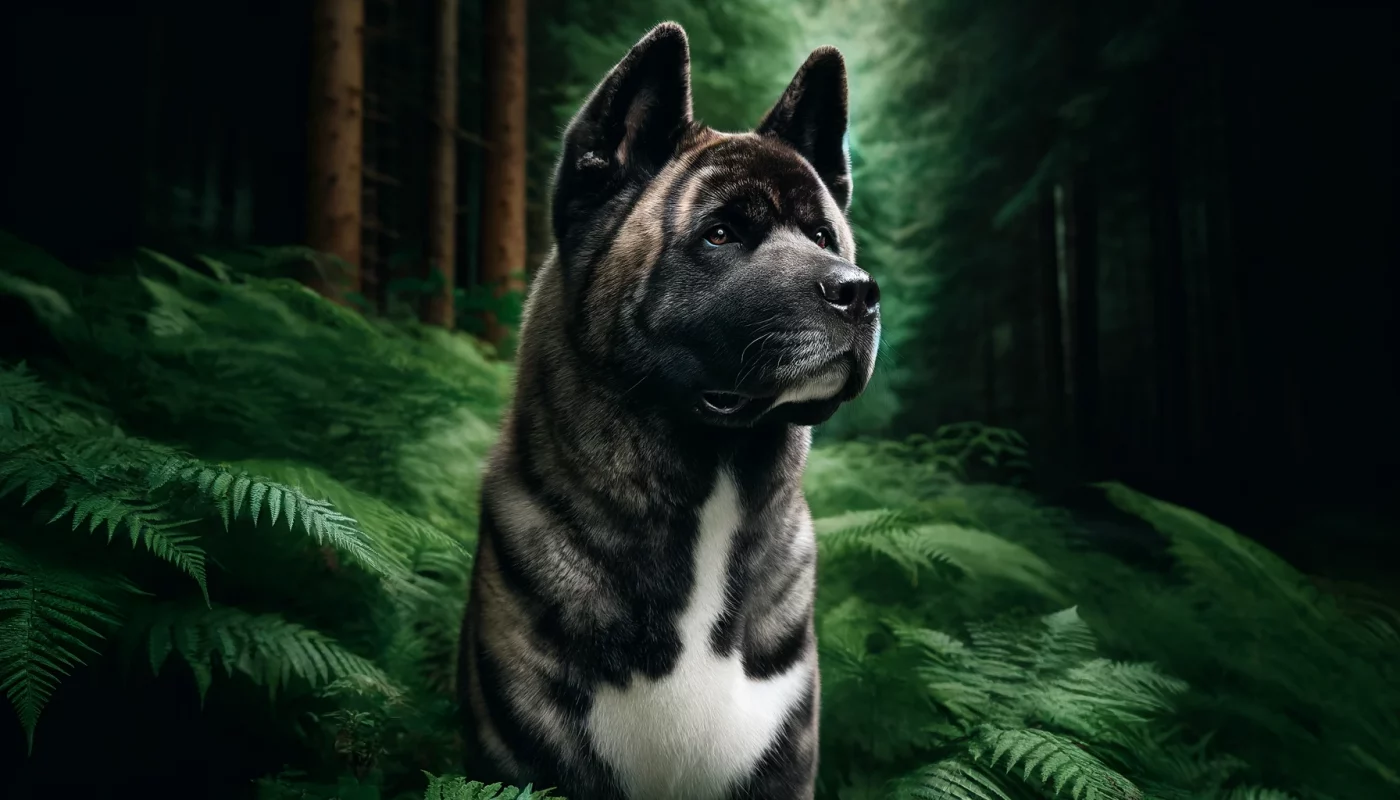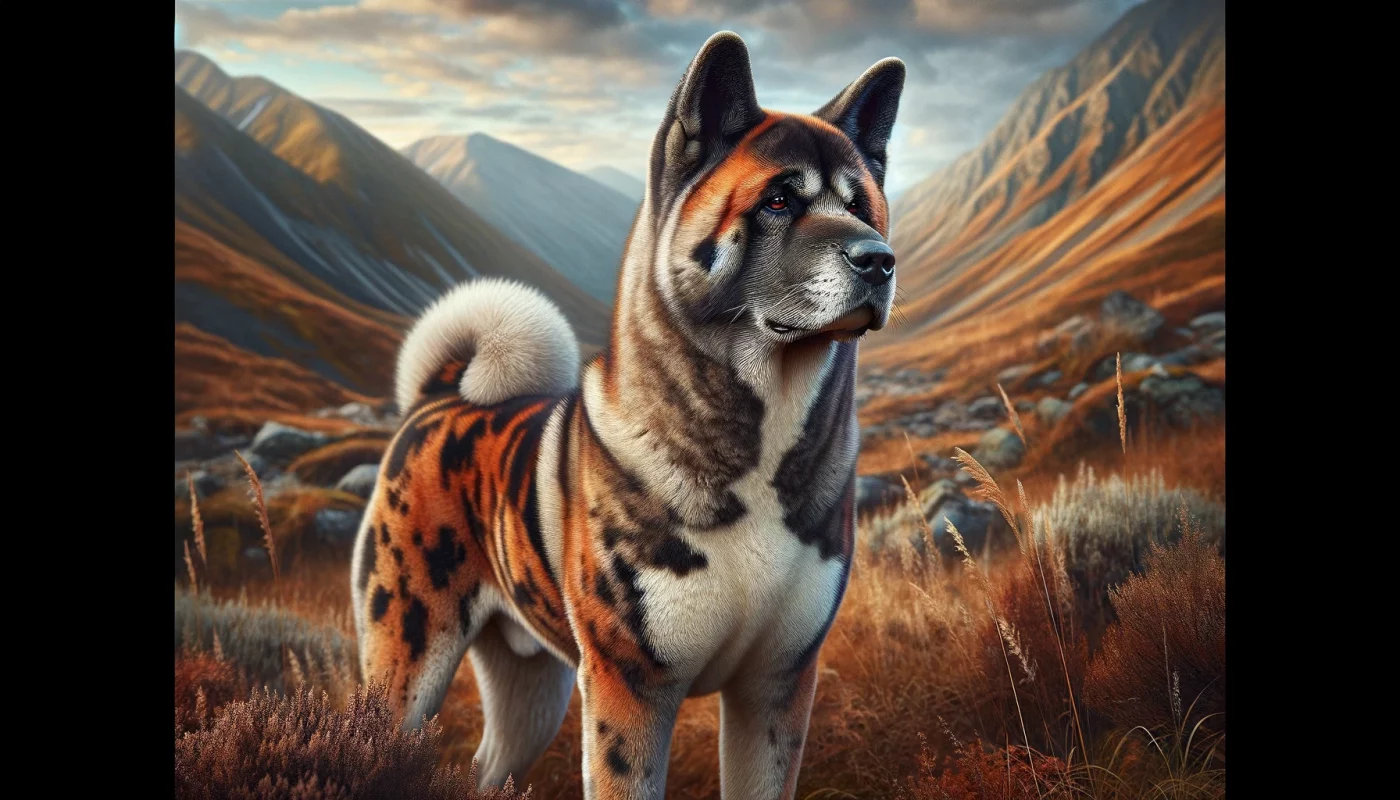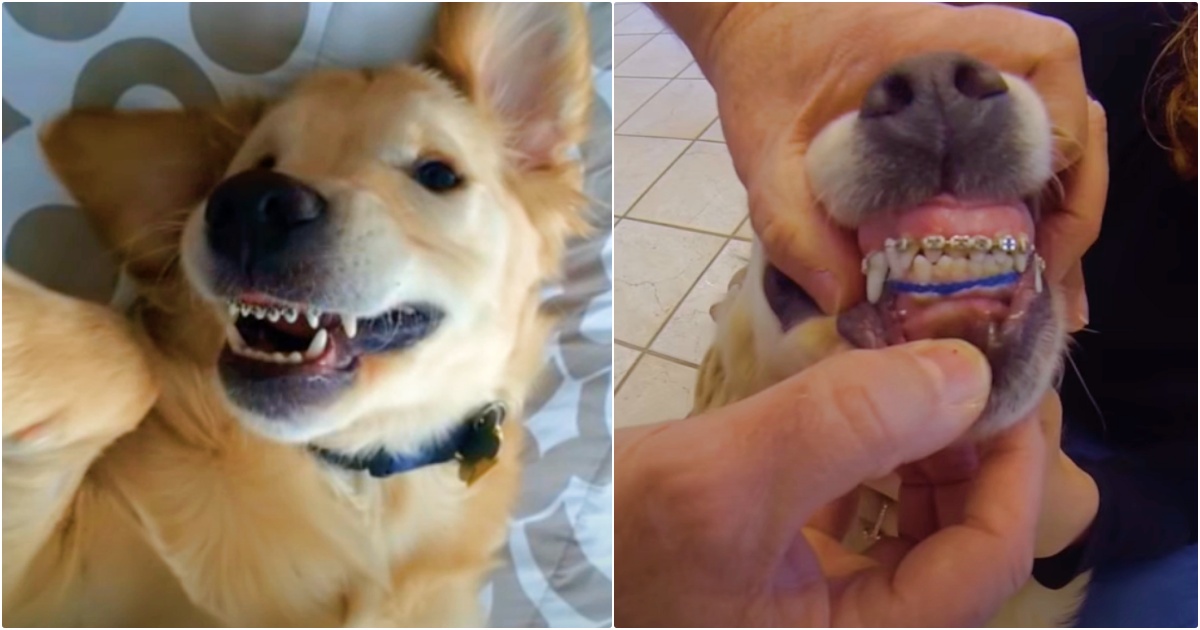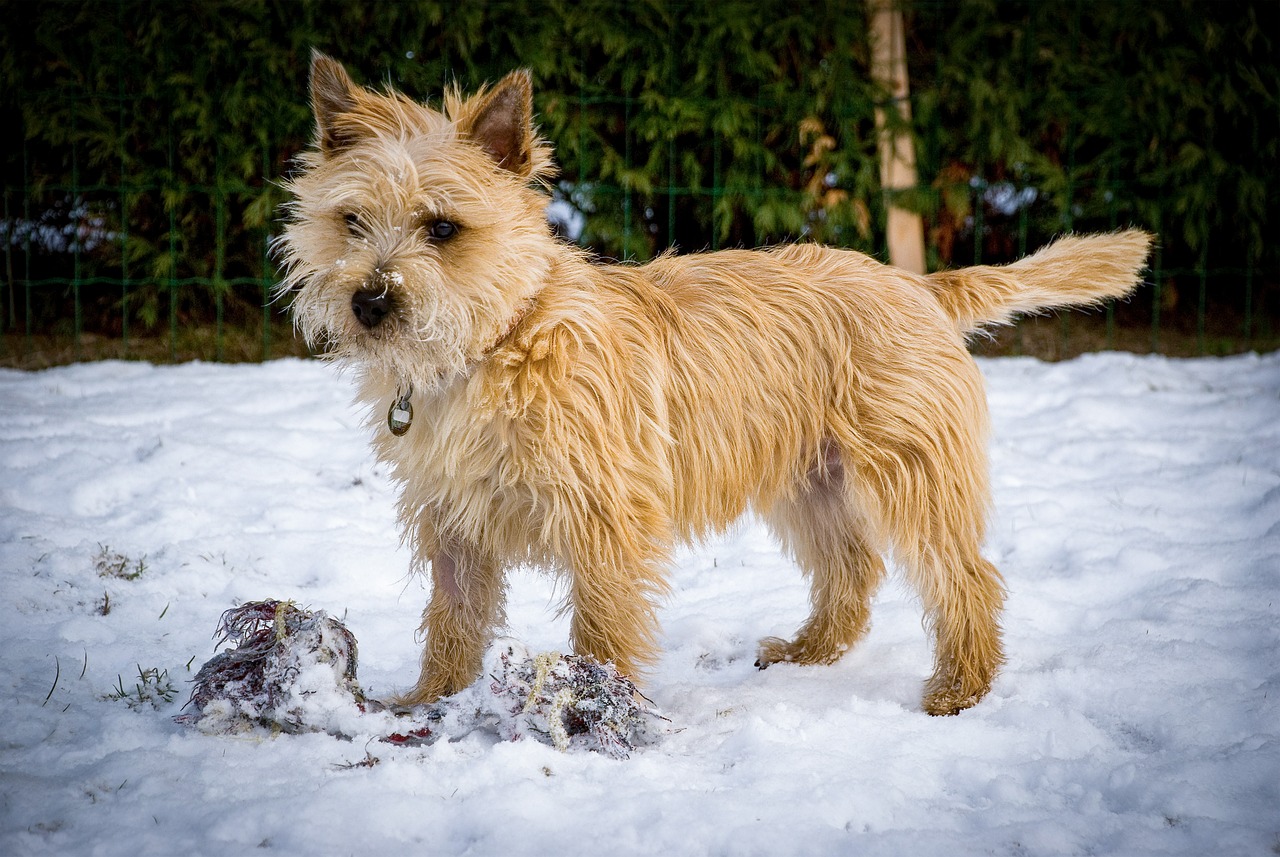1. What are the most common Akita coat colors?
The most common Akita coat colors are red, brindle, and white. Red Akitas have a rich, golden-red coat often complemented by white markings on the face, paws, and belly. Brindle Akitas showcases striking stripes over a base coat that can range from light to dark. White Akitas are entirely white and are highly prized for their pure and elegant appearance. These colors are all recognized within the breed standards and are admired for their beauty and how they exemplify the breed’s noble characteristics.
2. Are there any Akita colors that are particularly rare?
Yes, certain Akita colors such as black, sesame, and silver are considered rare. Black Akitas are uncommon and feature a solid black coat, sometimes with minimal white markings. Sesame Akitas, characterized by red fur with black tips, presents a unique and subtle pattern that is not frequently seen. Silver Akitas have a light gray coat that gives them a distinguished appearance. These rare colors can be more difficult to find due to their less frequent occurrence in the genetic pool.
3. Can Akitas be multi-colored?
Akitas can indeed be multi-colored, with the Pinto pattern being the most notable multi-colored variety. Pinto Akitas have large patches of color on more than one-third of their body, against a white background. The patches can be any standard Akita color, such as red, black, or brindle. This striking pattern is accepted in American Akita breed standards but is less common in Japanese Akitas, where solid colors are more traditional.
4. What is a sesame Akita?
A sesame Akita has a base coat of red with black tips, giving the fur a peppered look. For a coat to be considered sesame, it must not be predominantly black; instead, it should show a clear balance of red and black throughout. This coat type is one of the more complex and rare Akita colors, highly valued for its unique appearance. Sesame Akitas are often sought after by enthusiasts and breeders for their distinct and attractive patterning.
5. How does the Urajiro pattern affect Akita colors?
Urajiro refers to the white markings commonly found on Akitas, specifically on the sides of the muzzle, cheeks, under the jaw, neck, chest, body, and tail, and on the inside of the legs. This pattern is crucial for defining many of the breed’s colors and contributes to the aesthetic appeal of the Akita by providing a striking contrast, especially in colored coats such as red or brindle. Urajiro is not considered a color itself but a necessary marking that enhances the definition and beauty of Akita’s overall appearance.
6. Do Akita colors change as they grow?
Yes, Akita colors can change as they mature. Puppies born with a seemingly solid black coat may develop into brindle or even a lighter color as their adult coat comes in. Sesame puppies may also show more pronounced black tipping as they age. It is not uncommon for the color depth and pattern to evolve until the dog reaches full maturity, which can take up to two years.
7. Are certain Akita colors associated with specific health issues?
There is no scientific evidence linking specific Akita colors to health issues. However, breeding practices that focus excessively on color can lead to a narrower gene pool, which may increase the likelihood of genetic disorders. Responsible breeders prioritize health over color, ensuring that while Akitas may be bred for specific colors, it does not compromise their overall health and genetic diversity.
8. What Akita colors are recognized by kennel clubs?
Kennel clubs typically recognize red, brindle, and white as standard Akita colors. In the United States, the American Kennel Club (AKC) also recognizes black, sesame, and pinto patterns. It’s important to check with specific breed standards as they can vary between different kennel clubs, especially between those that distinguish between American Akitas and Japanese Akitas, as the latter has stricter color guidelines.
9. Can Akita coat color predict the dog’s temperament?
Coat color in Akitas does not predict temperament. Akitas are known for their loyalty, protective nature, and strong personality traits that are consistent across all colors. Temperament is influenced more by genetics, upbringing, and training rather than the color of the coat. Prospective owners should focus on proper socialization, training, and the health of the dog rather than coat color.
10. How can I ensure the coat color of my Akita puppy will remain the same into adulthood?
While there is no guarantee that an Akita puppy’s coat color will remain the same as they mature, understanding the genetics and observing the colors of the parents can provide good indicators. Discussing with the breeder about the color changes they have observed in their puppies as they grow can also give insights. Regular grooming and proper nutrition will help maintain the quality and luster of the coat, although it may not affect color change due to aging or sun exposure.

